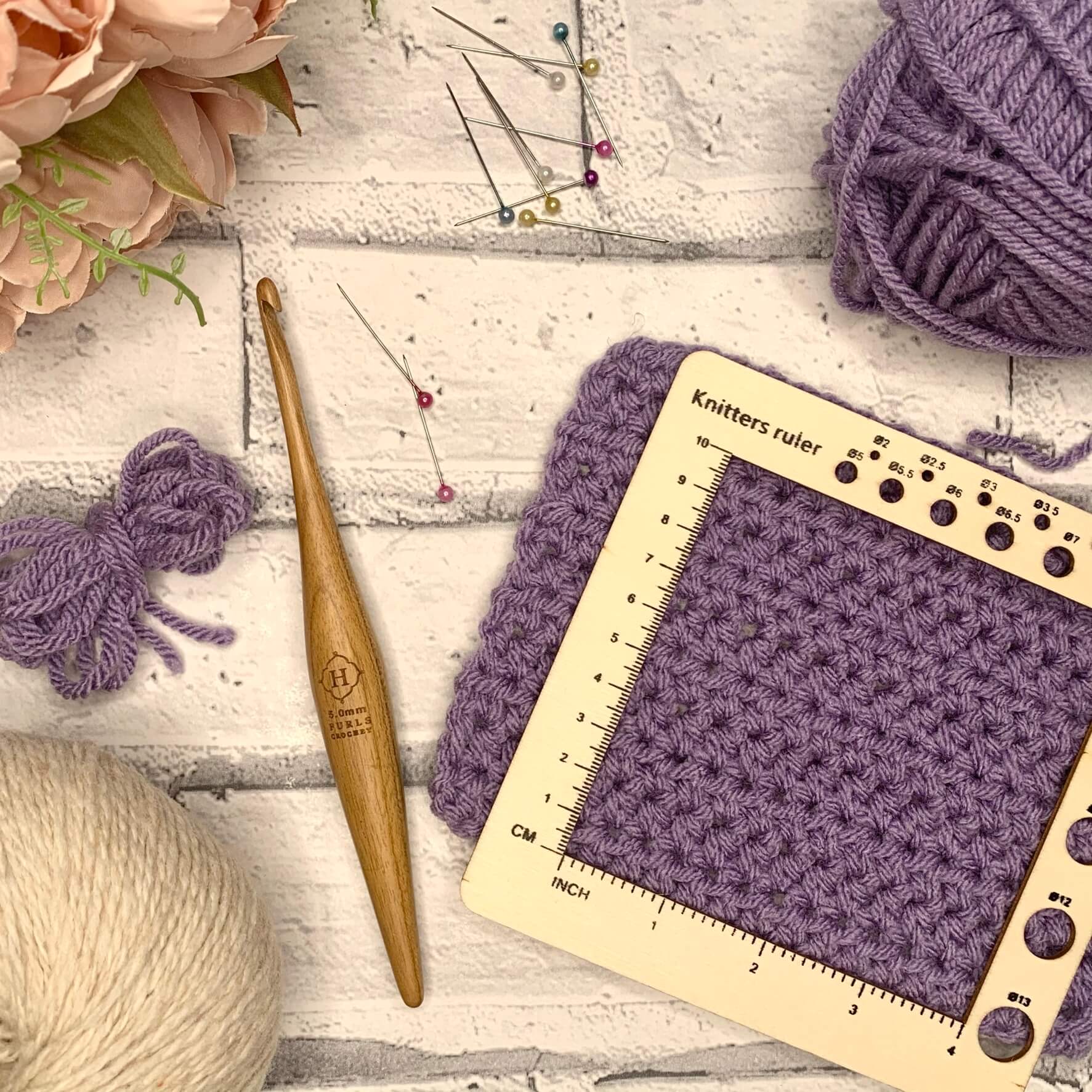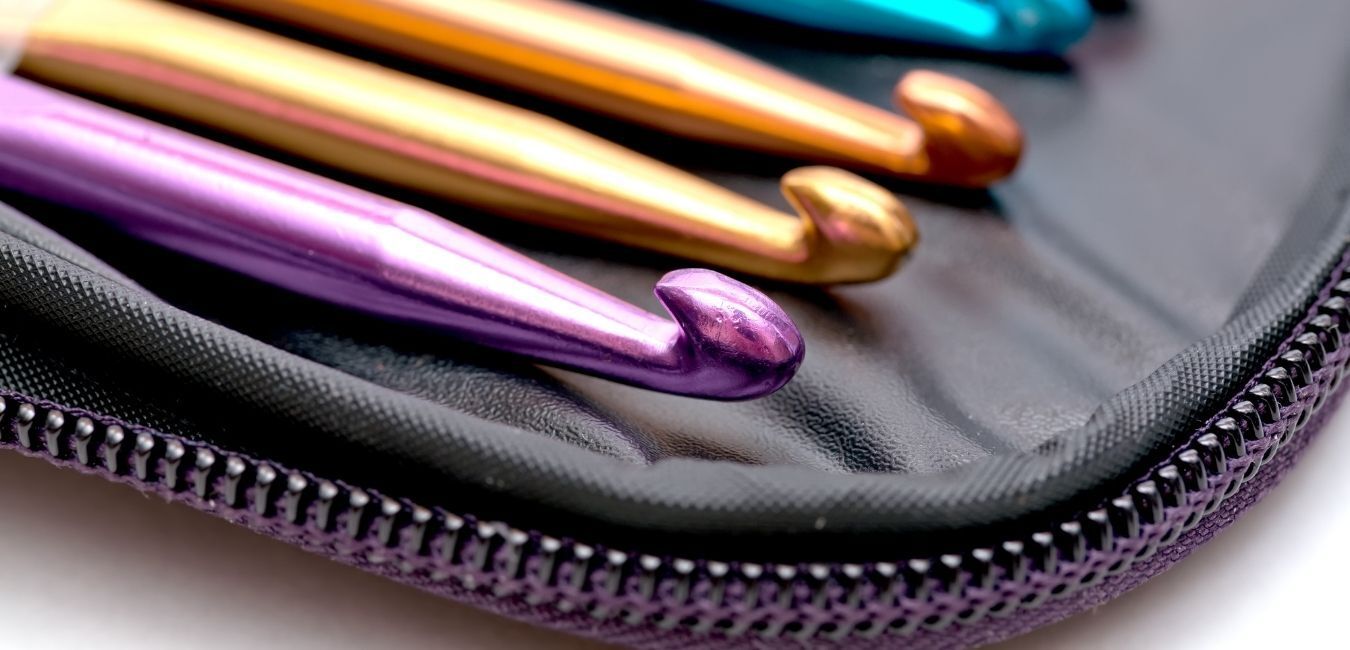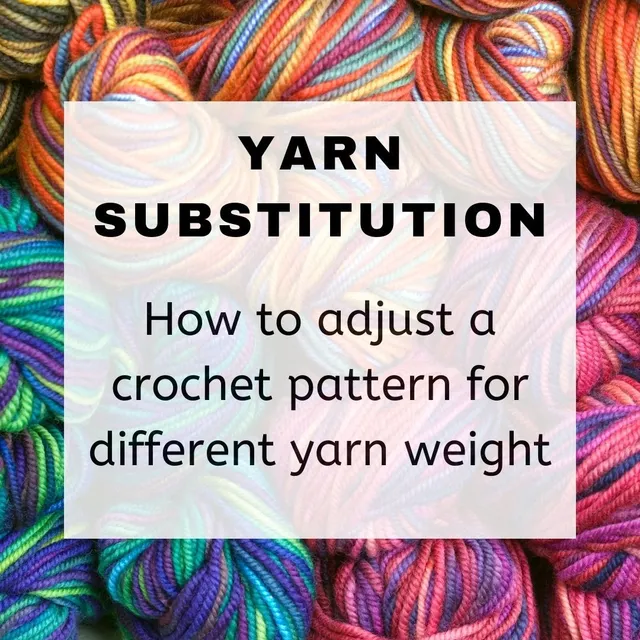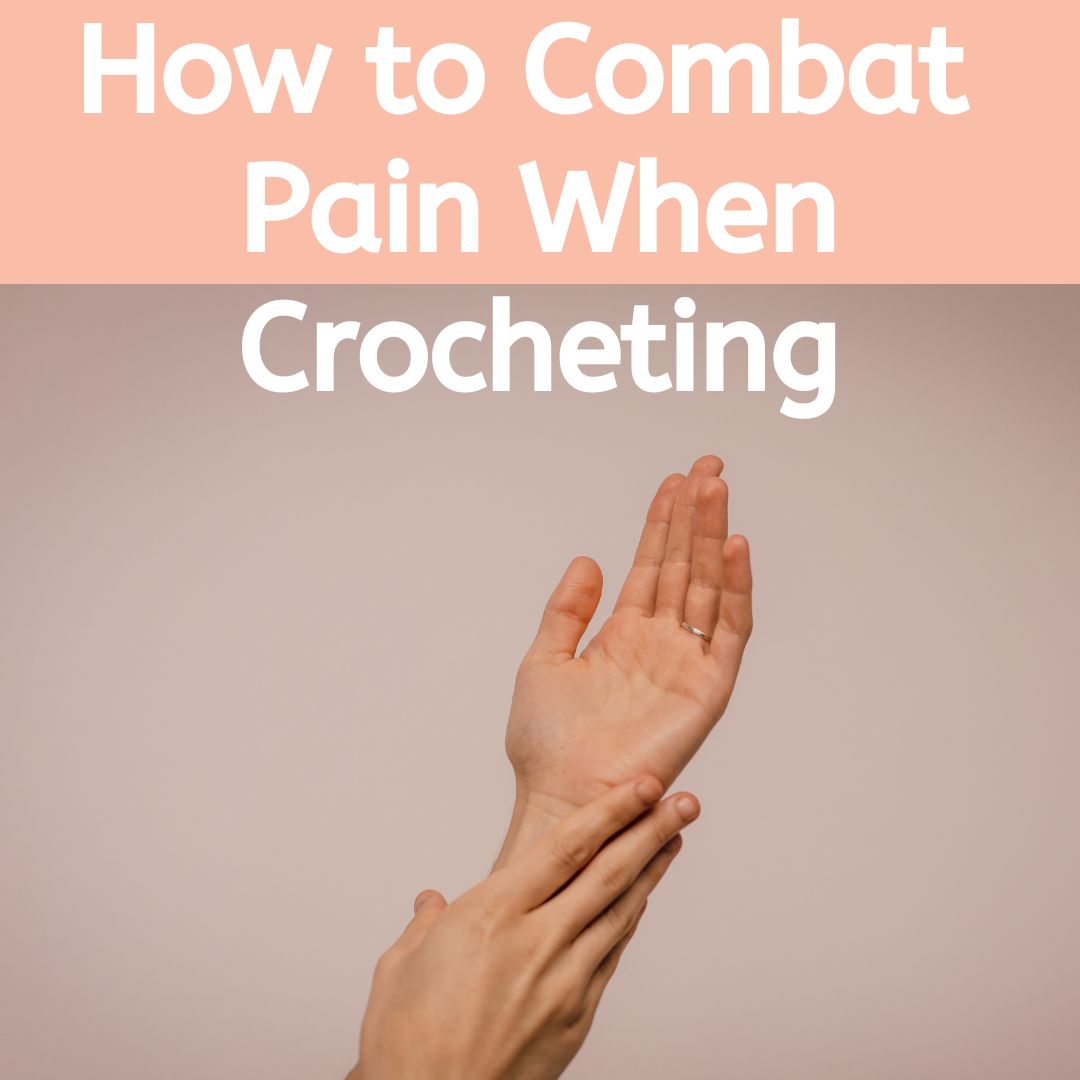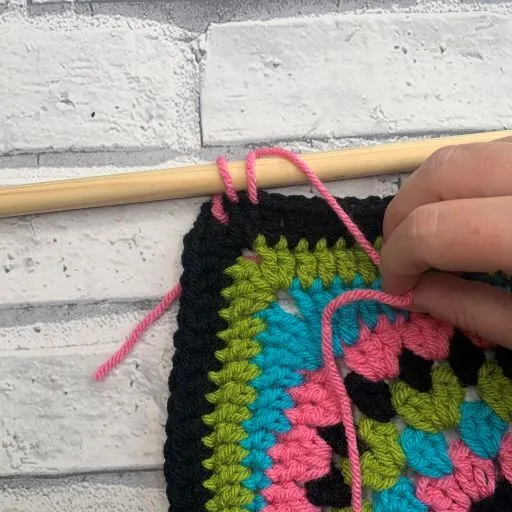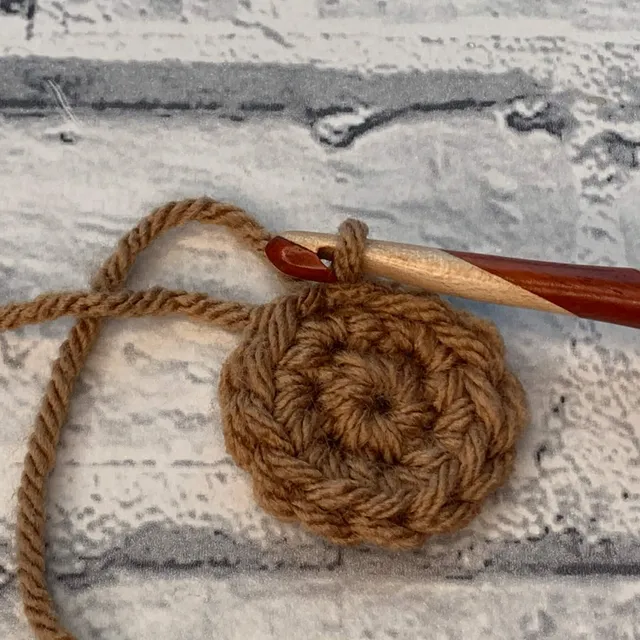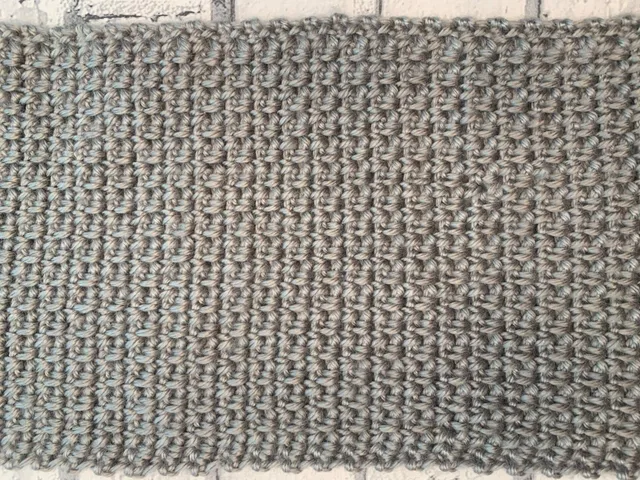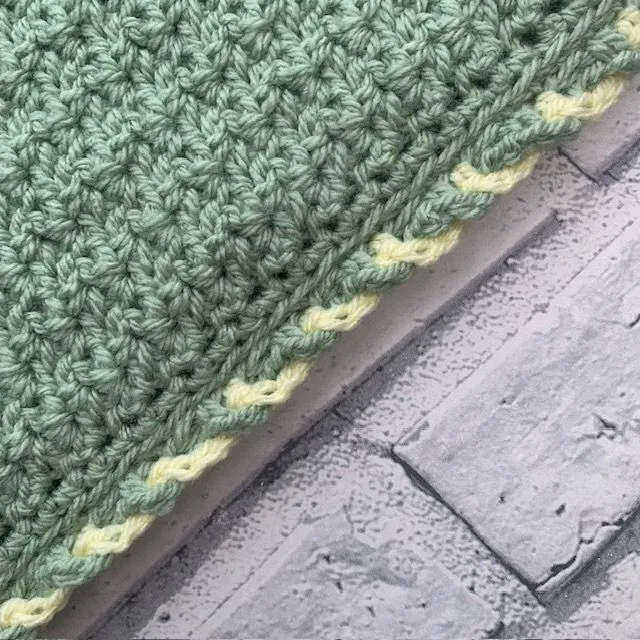5 Simple Ways to Adjust your Crochet Tension
Have you ever followed a crochet pattern and finished your project to find that isn’t the size you expected? Well, these 5 simple ways to adjust your tension will help you achieve a consistent stitch size to correct any sizing issues you’ve experienced.
5 Simple Ways to Adjust Your Crochet Tension | Learn How To Crochet
Tension and gauge are very important to your crochet. When you follow a crochet pattern, your gauge may differ from the pattern designers gauge.
This means, that despite following a crochet pattern to the letter (or stitch), your finished item will end up a different size! The gauge is simply the number of stitches and rows you create within a 10cm/4 inch square.
Your gauge and tension is unique to you and we all crochet differently:
- How we hold the yarn
- The position we hold our crochet hook
There is no right or wrong way to hold either your yarn or your hook, but how you do hold them, does have an impact on your tension and gauge. The best way to check your tension and gauge, is to make a tension square.
If you’ve never made a tension square before, click here to learn how to crochet a tension square.
Please note that some of the links in my blog are affiliate links. I may earn a small commission if you purchase via this links, but the price you pay is not affected
1. Practice with a Beginner Friendly Yarn
I would always encourage beginners to use a chunky or bulky yarn and a 6mm crochet hook when first learning to crochet.
The yarn or wool that you are using can have a massive impact on your tension! Especially when you are learning to crochet.
Using a larger yarn:
- Makes it easier to see the detail in our stitches.
- Gives our hands something to hold on to.
The key here is practice! It takes time and practice to achieve even a consistently even tension. I remember how keen I was to get on with more crochet projects when I was learning, and there are some specific projects when an even tension is not essential but will allow you practice achieving an even tension without impacting on your finished project.
Click the projects below to get started on a new crochet project and practice achieving an even tension:
2. Pull You Yarn From the Centre of Ball
I would encourage you to always take your yarn from the centre of the ball or skein. Not only will it mean you keep hold of the all-important ball band, but your yarn won’t be rolling all over the floor as you work.
You will also find that the yarn pulls from the centre much more evenly; no more pulling and tugging at your yarn!
You can create your own centre pull balls from any yarn you have (and it’s also a great way to store your scrap yarn neatly too). I use a yarn winder to wind up my scrap and the ends of balls for easy storage. Watch the video below to see a (very) quick tutorial on how to use a wool winder.
The winder I use is from Amazon: https://amzn.to/2XfW822
3. Change how to hold your yarn
There really is no right or wrong way, but your yarn should move through your fingers smoothly and to achieve that consistent tension, consistently! This is where those centre pull balls come in!
Ultimately, you should hold the yarn comfortably, and in a way that works for you! But if you find you have excess yarn or that your having to really pull on your hook to move the yarn through your stitches, it’s time to adjust how you’re holding it.
I know that the way I hold my yarn is “wrong”. I simply have the yarn over my index finger and gripped with my pinky. But, my tension is even and consistent and it works for me!
Below are 2 different ways you could hold your yarn; they are both variations on a theme of winding your yarn around alternative fingers. While your practicing, give each a go to see if your yarn moves better through your fingers without too much or too little tension.
4. Change your Hook Size
In my article about how to crochet a tension swatch, it mentions the easiest way to adjust your tension is to change your hook size:
- Too tight = use a bigger hook
- Too loose = use a smaller hook
However, another easy way to adjust your tension is to simply try a different hook. It will change the way you hold and grip your hook and can prevent your hands cramping and arms aching.
If like me, you learned to crochet with aluminium hooks, try an ergonomic one. I have gathered together the 5 best crochet hooks for beginners that I recommend for you to chose from – Click here to see them.
5. Use a Tension Ring
Tension rings are a great way to achieve consistent tension on the yarn grabbed by your hook. There are all sorts to chose from and you can even make your own!
I have previously recommended tension rings to those that struggle to hold the yarn due to arthritis and other hand issues, but even if you don’t suffer with painful hands, a tension ring can work wonders and allow you to concentrate on your hook and stitches without worrying about your yarn.
3 things that I would like you to take away from this a you adjust your crochet tension is to remember that
- practice will improve your consistency in your tension
- there is no right or wrong way to hold your yarn or hook
- practice will improve your consistency in your tension
Yep, practice is that important I put it twice!
I’d love to hear how your tension improves by following this 5 easy ways to adjust your tension. Drop me an email or join the Cosy Rosie Crochet Community to let me know.
